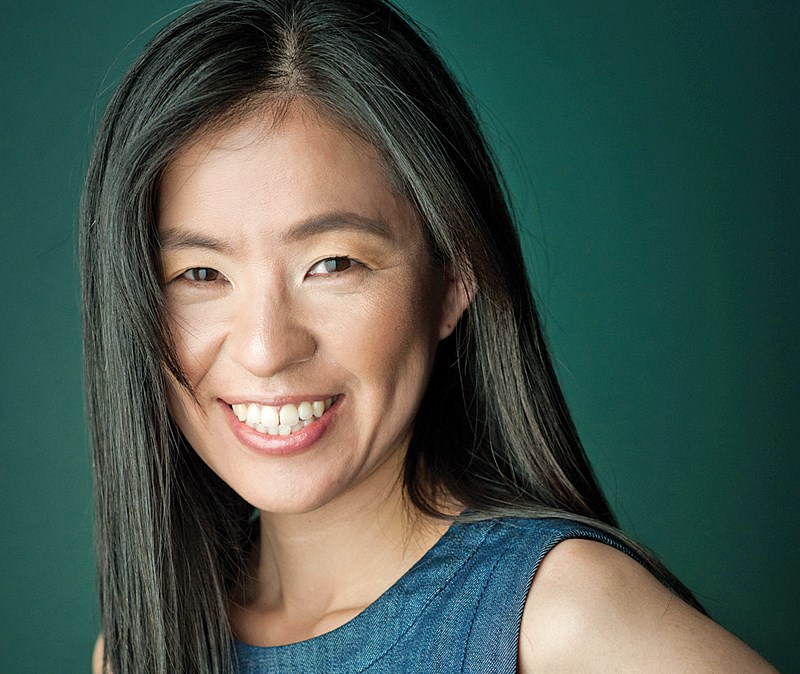Drum Heat, Vogue Theatre, Thursday, April 27, 7 p.m. For more information visit voguetheatre.com.
It probably started in the early 1900s in the Louisiana hub Truman Capote once called “the most secretive” of all secret cities: New Orleans.
Jazz bands cooked and the melting pot bubbled.
The muddy waters of Lake Pontchartrain flowed into the Gulf of Mexico, creating a path for musicians from Mexico’s Yucatan Province, Cuba and the Bahamas; all of whom brought riffs and rhythms to the African American pioneers of the French Quarter.
When it comes to jazz, “the first Latin influences were felt in New Orleans,” according to music journalist John Storm Roberts, who writes about the evolution in his book Latin Jazz.
At the scene’s centre was piano player Jelly Roll Morton, the musician who frequently introduced himself by saying – and not without merit – that he was the inventor of jazz.
For Morton, if jazz didn’t have what he called a “Spanish tinge,” it wasn’t jazz, Roberts notes.
That tinge is part of what lured pianist Niho Takase away from classical music and into the world of Latin jazz.
Originally from Japan, Takase remembers taking classical music lessons from her aunt, an opera singer and music professor.
Asked why she chose the piano, the Long & McQuade music teacher admits she doesn’t remember, only that she felt somehow compelled by the black and white board.
“I wanted to play it,” she says. “I don’t know why.”
She was schooled in classical music and likely would have kept on handling Handel if not for hearing Herbie Hancock: the wildly creative jazz bandleader who lent melodies to watermelons and cantaloupes.
“I just loved it,” Takase recalls. “I’ve never heard this before. … That’s how I left classical music and started to play jazz.”
Despite her virtuosity on the keys, jazz was initially easier to appreciate than to play.
“I remember, I was learning jazz for the first time: I couldn’t swing,” she recalls.
It’s a problem akin to a cook losing their sense of taste or a politician finding themselves unable to change the subject. However, that swinging returned to Takase when she played her first bossa nova.
“It was so easy to do the straight rhythm,” she says. “The feel for it, I think you’ve just got to have it.”
Her classical skills eased her transition to jazz, Takase reports.
She honed her craft at Vancouver Community College where she studied under instructor Sal Ferreras, the organizer of Drum Heat.
The annual concert, which was first staged in 1986, is set to include an eclectic mix worthy of New Orleans: Brazillian samba, son cubano, and Indian table.
While some of the arrangements are overwhelming in their complexity, Takase can’t wait to accompany the drummers.
At a salsa show, you only hear salsa, at a tabla concert, you only hear tabla, but Drum Heat brings everything together all at once, she says.
“All different kinds of percussion from different parts of the world and you get to listen to it all at once.”
Net proceeds from the show are set to go to Arts Umbrella programs.



